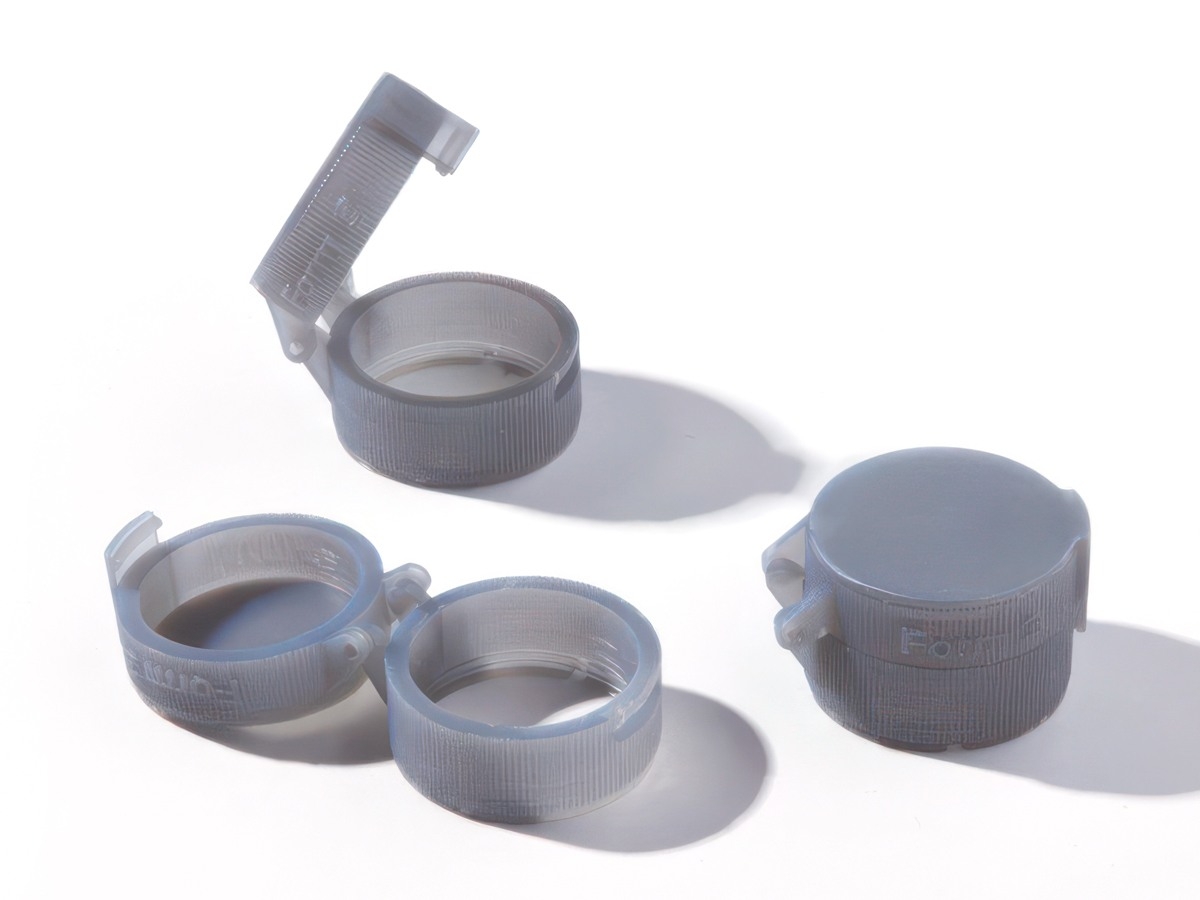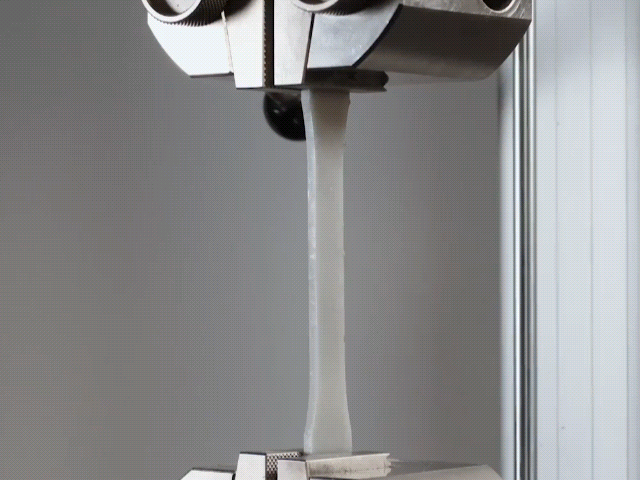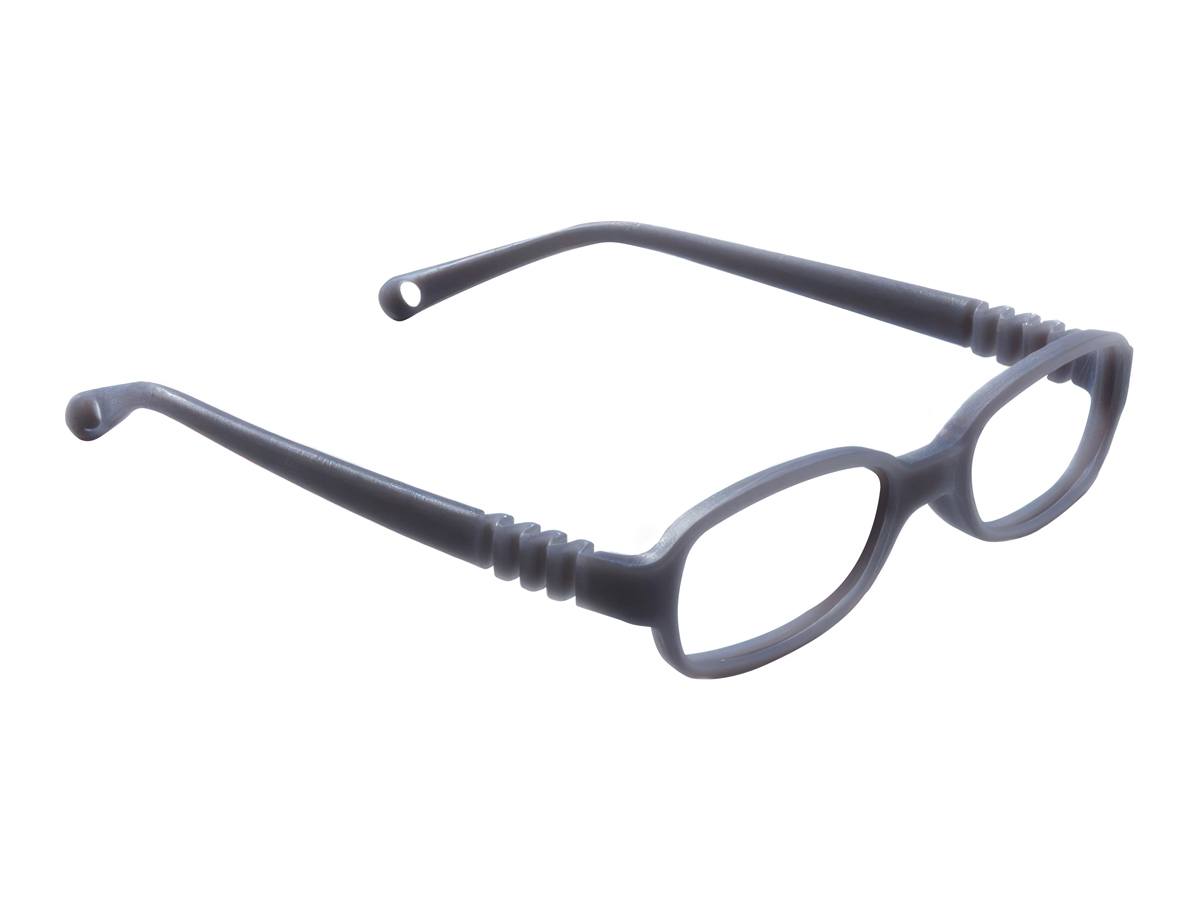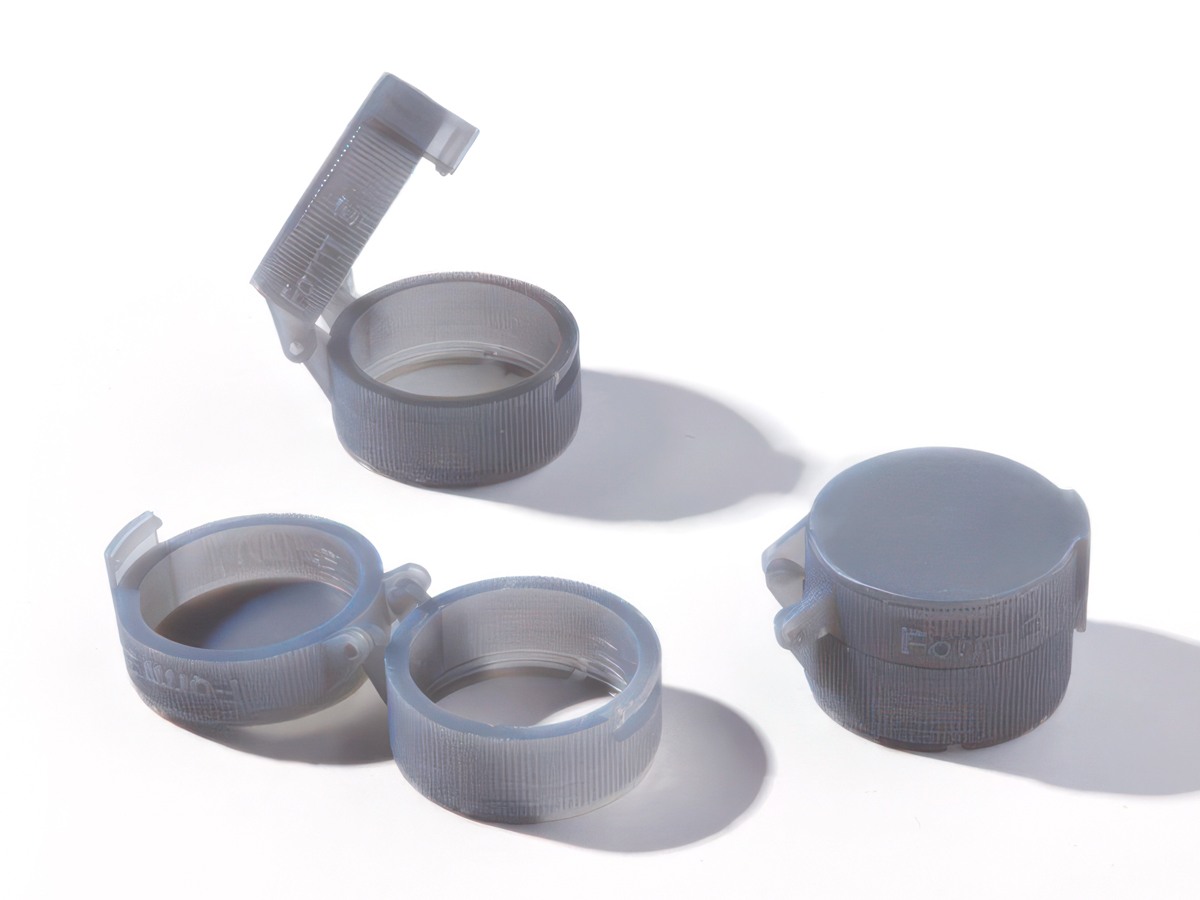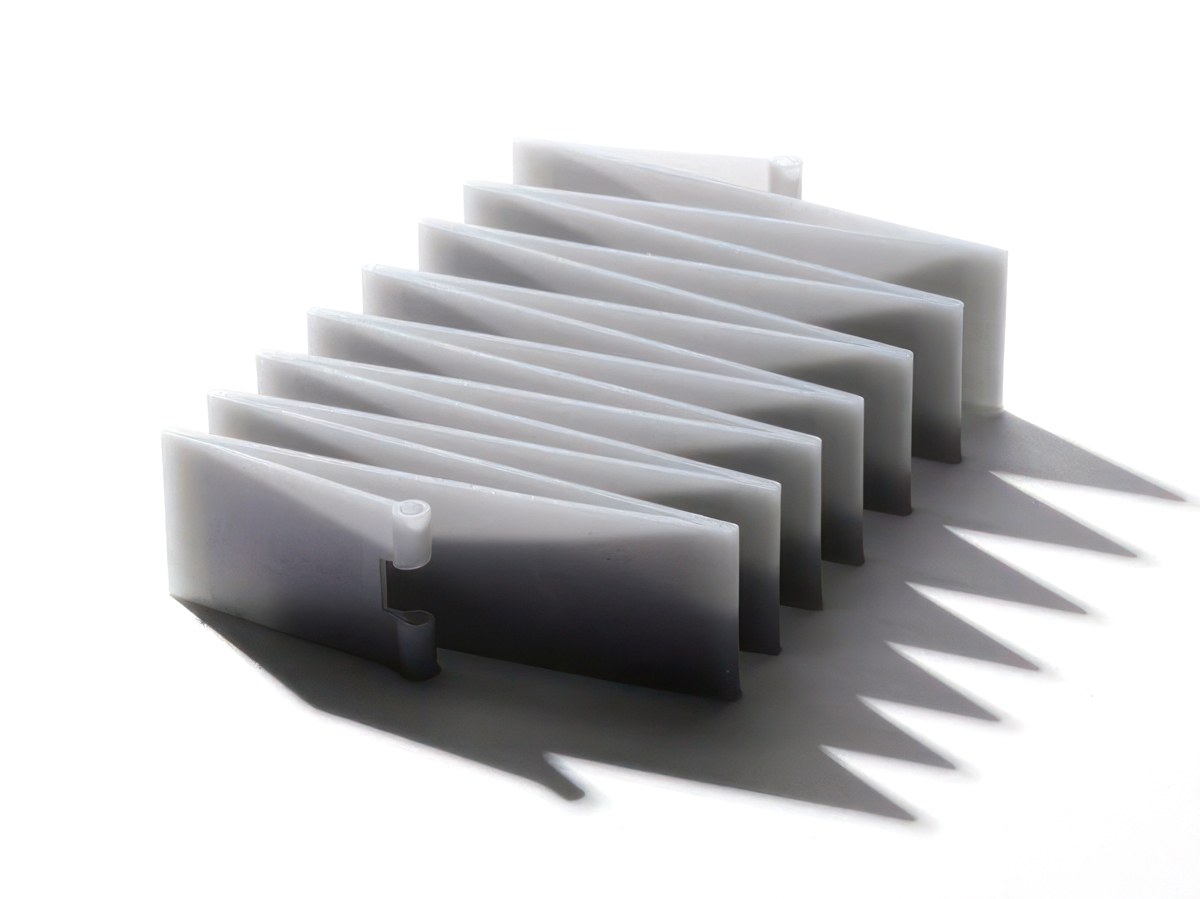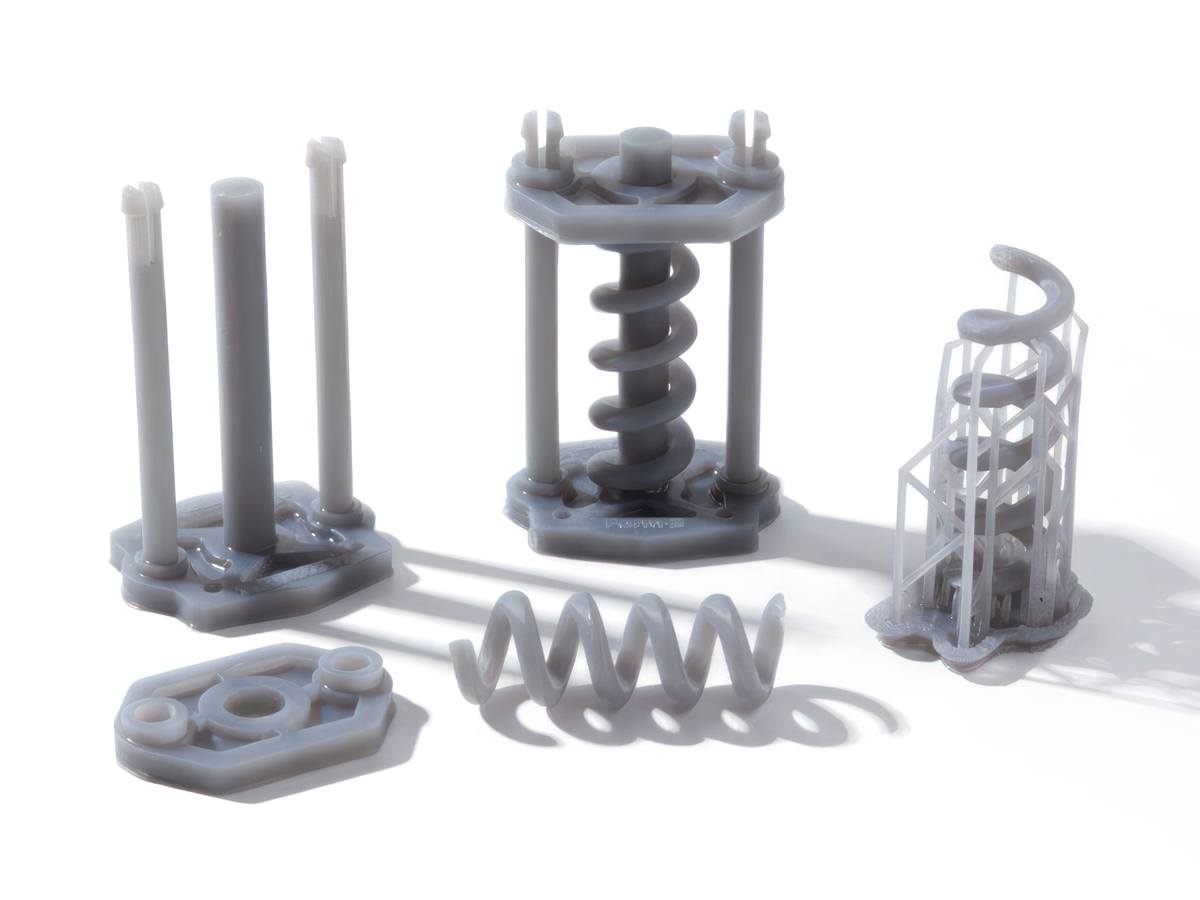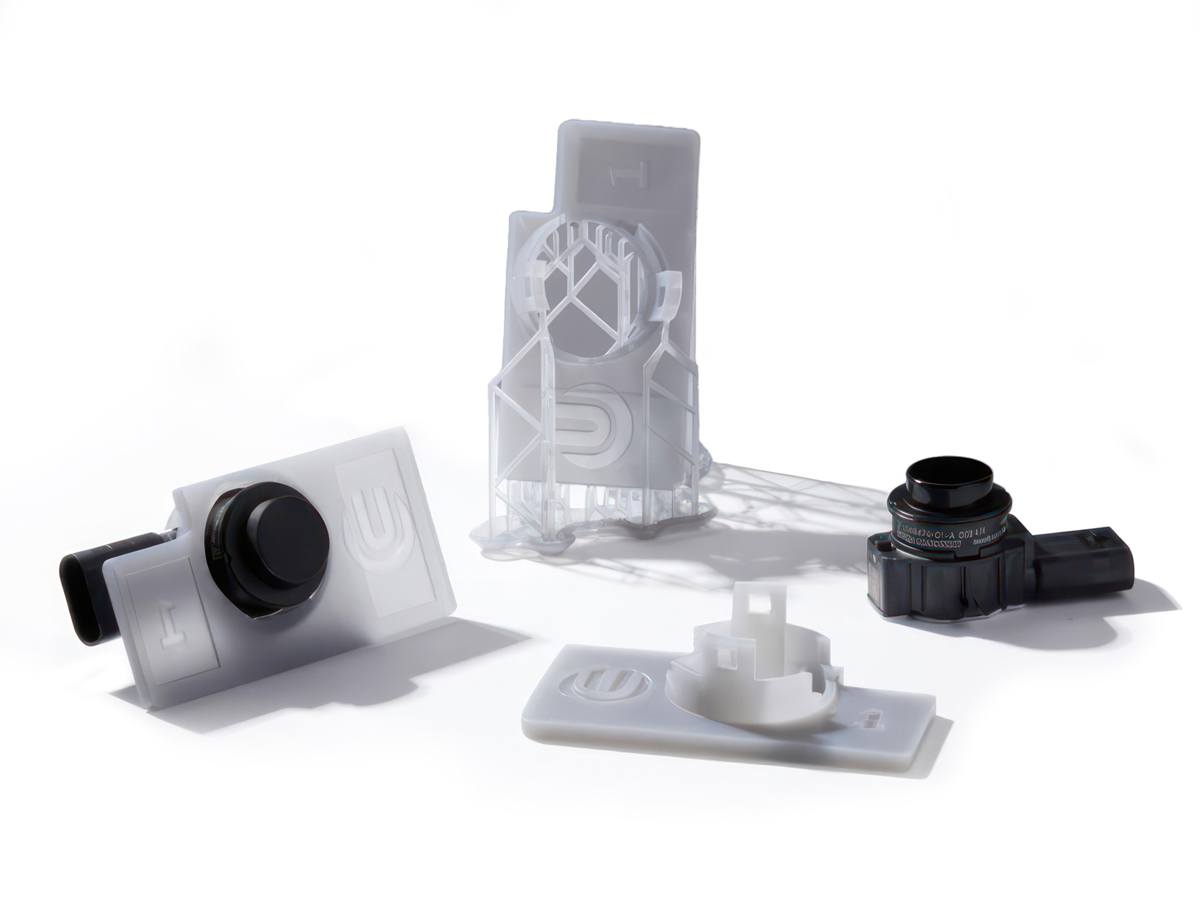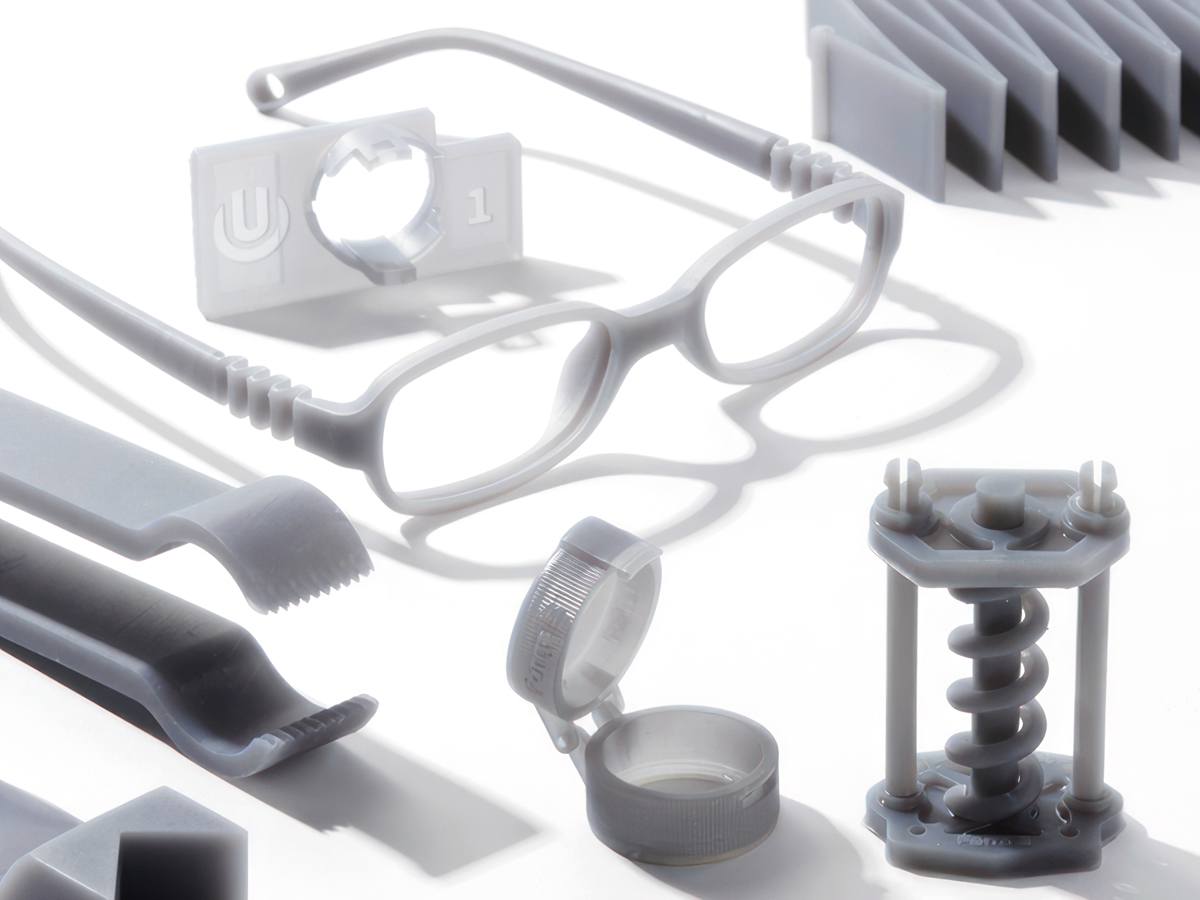SLA Formlabs Tough 1500 ResinFormlabs Tough 1500 Resin Tough 1500 Resin is ideal for resilient prototyping or simulating the strength and stiffness of polypropylene (PP). Also certified safe for skin contact, also making it an ideal material for wearables, personal protective equipment, and other consumer goods. Max Build Size Min Build Size 5 x 5 x 5 mm Default Layer Height 0.1 mm Optional Layer Heights 0.05, 0.1 mm Tolerance Вұ0.2% (with a lower limit of Вұ0.2 mm) Up to 52 в„ғ Smooth вҳ…вҳ…вҳ…вҳ… Detail вҳ…вҳ…вҳ…вҳ… Accuracy вҳ…вҳ…вҳ…вҳ… Rigidity вҳ…вҳ…вҳ… Flexibility вҳ…вҳ… Available ColorsGrey
Available Post ProcessPaint
Suitable For Functional prototypes and end products, Not Suitable ForLarge models Additional InfoWhether youвҖҷre optimizing your manufacturing process, rapidly iterating through designs, or assessing form, fit, and function, Formlabs Engineering Resins are formulated to withstand extensive testing and perform under stress. Tough 1500 Resin is the most resilient material in our functional family of Tough and Durable Resins. Choose Tough 1500 Resin for stiff and pliable parts that bend and spring back quickly. Prototypes that repeatedly bend and quickly return to shape, jigs and fixtures requiring repeated deflection, simulating the strength and stiffness of polypropylene (PP) Tough 1500 Resin is certified safe for skin contact, also making it an ideal material for wearables, personal protective equipment, and other consumer goods. For parts to be certified safe for skin contact, the recommended Tough 1500 Resin post-processing conditions must be followed without deviation. Tough 1500 Resin is ideal for resilient prototyping or simulating the strength and stiffness of polypropylene (PP).
Feature
3D PrinterMaterial Spec Sheet
Stereolithography is used to build your design with this material.Starting from a 3D model, a model is built by cutting it into thin layers via specialized software. A support structure is created, where needed, in order to deal with overhangs and cavities. The process takes place in a large tank and begins when a layer of liquid polymer is spread over a platform. This machine then uses a computer controlled laser to draw the first layer onto the surface of a liquid polymer, which hardens where struck by the laser. The model is then lowered and the next layer is then drawn directly on top of the previous one. This is repeated until the model is finished. In this way, layer by layer, an object is вҖңdrawnвҖқ in the liquid by the beam, with the layers being consolidated throughout the process. When the object is complete, it is raised out of the tank via the supporting platform вҖ“ much like a submarine rising to the surface of the water вҖ“ with the excess liquid flowing away. The supports are removed manually after the model is taken from the machine.
|
